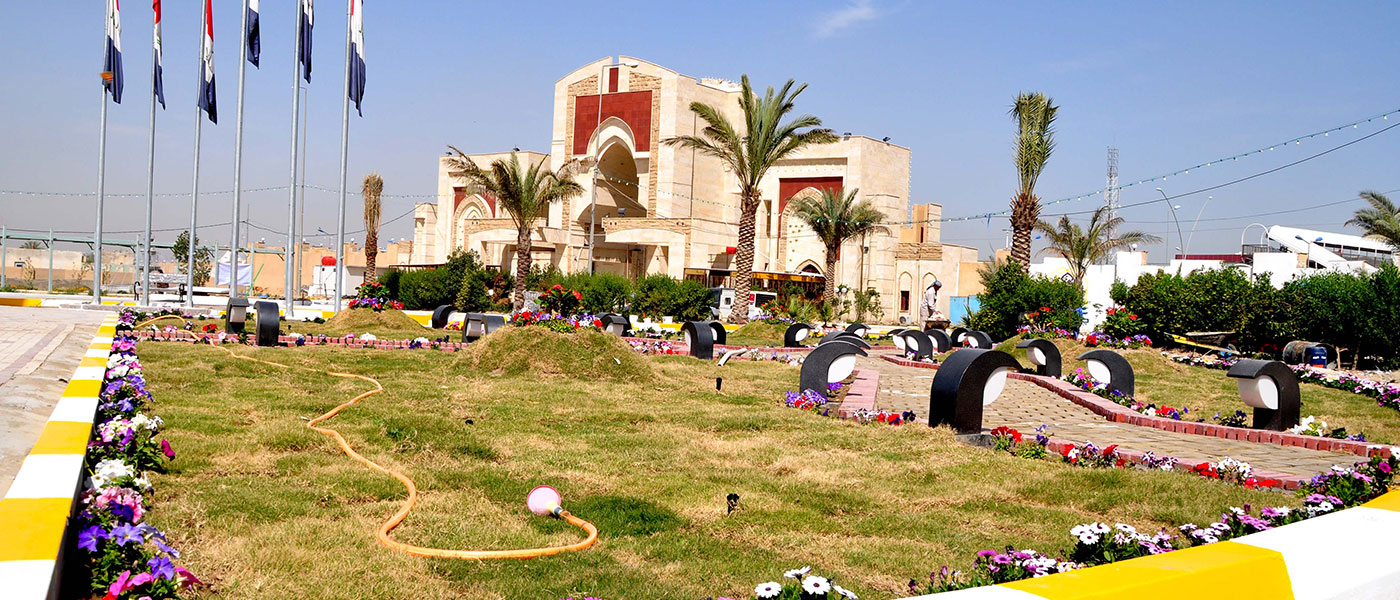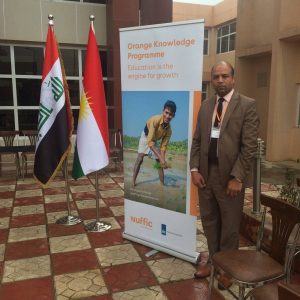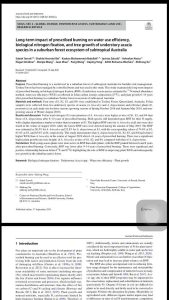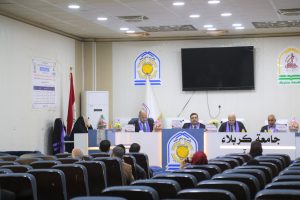Dr. Kadhim Muhammad Abdullah, who is one of the teaching staff members of Faulty of of Agriculture – University of Kerbala, and in cooperation with a research team from Griffith University, which is one of the best Australian universities, has published a scientific research in (Journal of Soils and Sediments).
The Journal is issued by the international publishing house (Springer) and is included in the classifications of the first quarter (Q1) within Scopus containers with impact factor: 3.308 and CiteScore (5.2) and (H index: 73), in field of soil science research, its properties, plant nutrition and physiology.
The study has examined the long-term impacts of prescribed burning on biological nitrogen fixation (BNF) of understory acacia species estimated by 15 N natural abundance method, water use efficiency (WUE) as reflected in foliar carbon isotope composition (δ13C), and plant growth 6–14 years after prescribed burning in a suburban Toohey forest ecosystem of subtropical Australia.
It is concluded that both young acacia plants were more active in BNF than older plants, with the BNF peaked between 6 and 8 years after prescribed burning. Conversely, BNF was lower after 9–14 years of prescribed burning. There were significant and positive relationship between foliar δ13C and δ15N, highlighting the role of BNF in improving plant WUE and subsequently tree growth in the suburban native forest.

































































